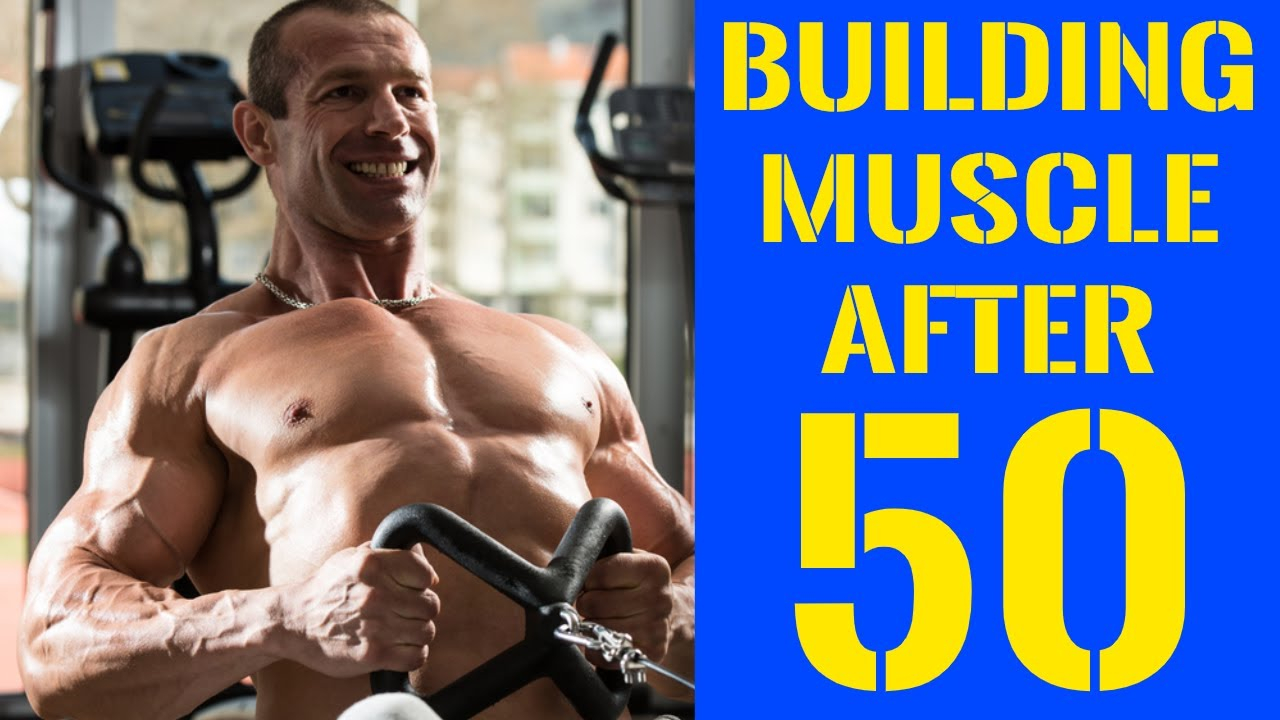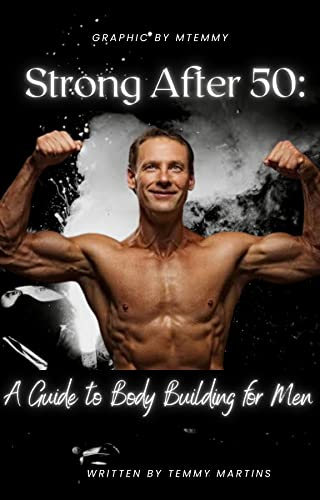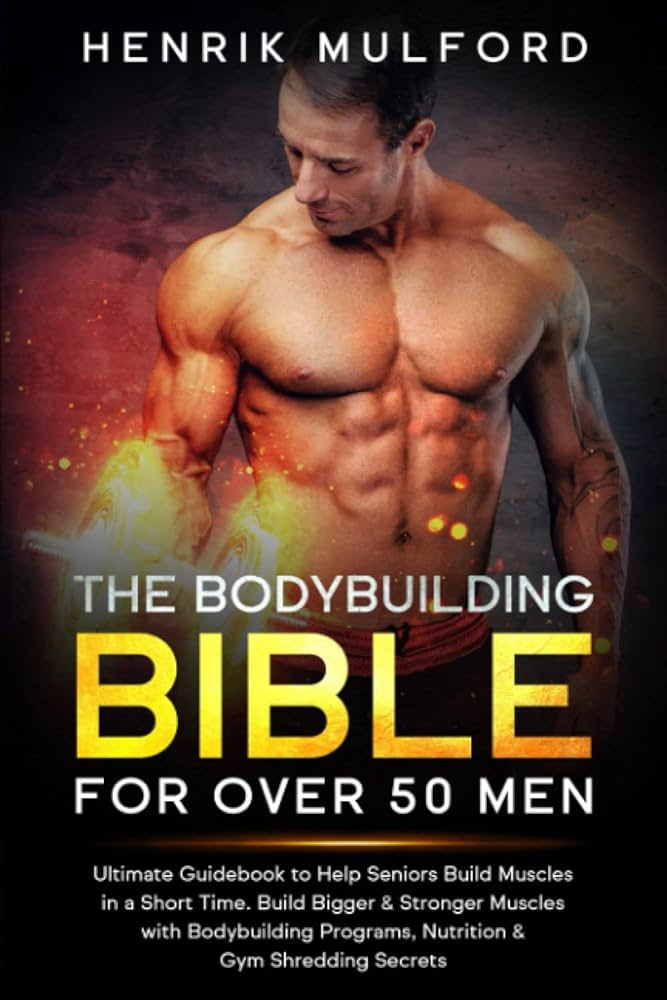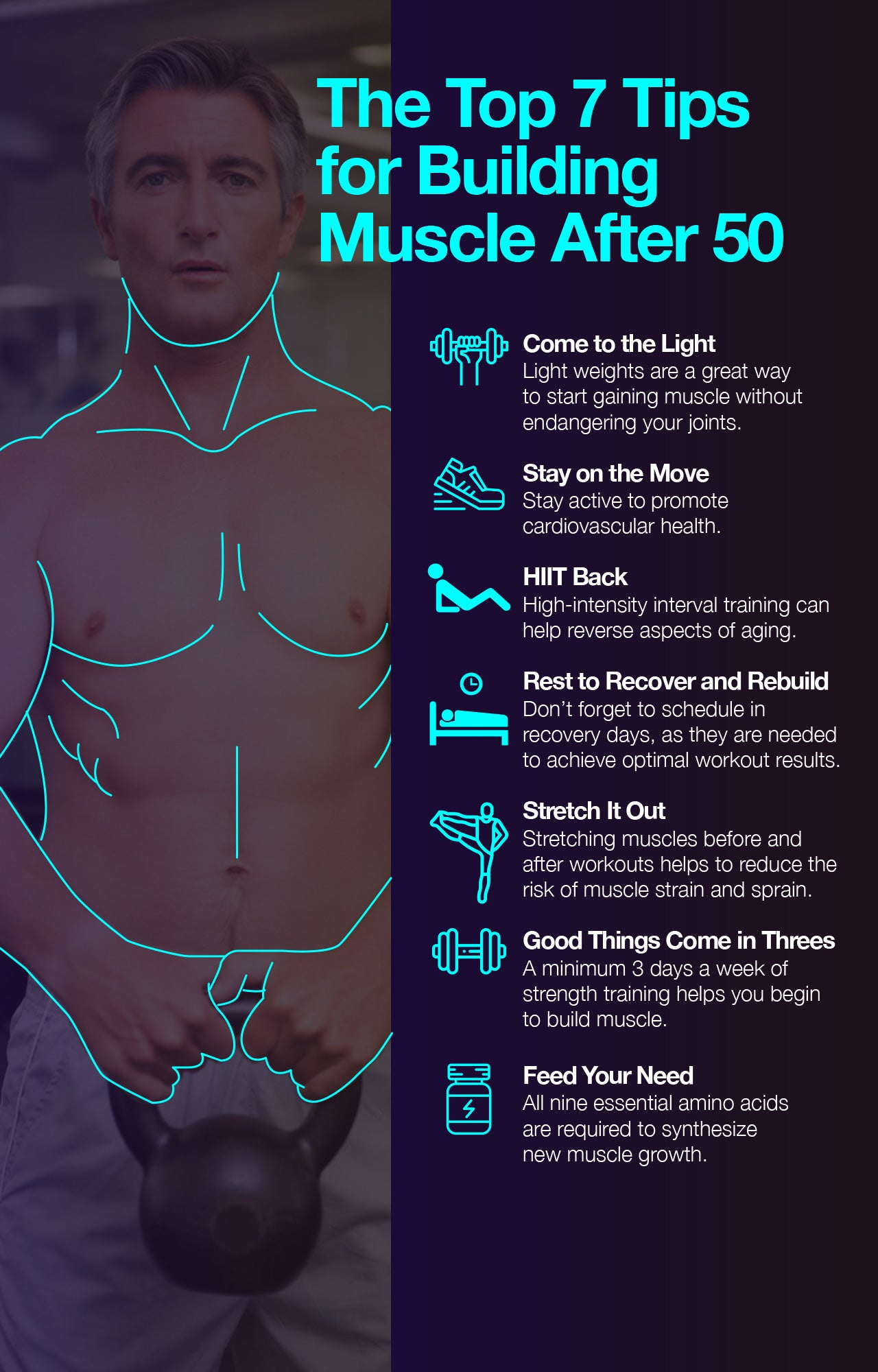A Comprehensive Guide on How to Build Muscle After 50
Building muscle after 50 might seem more like a challenge than an option. However, it’s entirely possible and can be enormously beneficial for your health and overall well-being. This comprehensive guide you’re about to read is designed to help you understand that age is no barrier in the pursuit of a stronger, fitter self. Bursting with expert advice, insightful information and proven muscle-building strategies, we’re about to debunk a few myths and show you how attainable pushing past the age and muscle barrier can be. Go ahead, empower your golden years with strength and vitality.
Understanding Age-Related Muscle Loss
As we grow older, our bodies tend to change and we notice certain functions starting to diminish. One such change is known as sarcopenia, an age-related condition that leads to muscle loss as we venture further along in life.
Explanation of sarcopenia
Sarcopenia, derived from the Greek words for “poverty of flesh,” is essentially the age-related loss of muscle mass and function. Its onset is typically around the age of 40 and accelerates considerably after the age of 75. Unfortunately, it’s a common part of aging but don’t fret, there are many ways you can combat it.
Impacts of muscle loss on health and lifestyle
Without intervention, sarcopenia can significantly affect your health and lifestyle. Muscle loss can lead to weakness, difficulty in performing daily tasks, and increased risk of falls and fractures. With these come decrements to one’s quality of life and independence.
Effects of aging on metabolism and muscle growth
Aging naturally influences various body functions, including metabolism – your body’s process of converting food into energy – and muscle growth. As you age, your metabolic rate tends to slow down, which can lead to weight gain, decrease your muscle mass and affect your body’s ability to rebuild muscles after a workout.
The Importance of Strength Training
Before you throw up your hands and resign to the mercy of age, know that there are ways to slow down or even reverse this muscle loss, namely, strength training. This type of exercise becomes particularly important as you cross the half-century mark.
Benefits of strength training for individuals over 50
Strength training not just helps in fighting sarcopenia, but it also increases bone density, improves balance and enhances your functional capacity, allowing you to continue with your day-to-day activities. Better yet, it can lead to improved body composition, including increased muscle mass and decreased body fat.
Essential exercises for muscle mass development
There are a multitude of exercises that can help you build muscle mass, including simple ones such as strength training exercises, resistance band activities, and even bodyweight exercises. These exercises focus on major muscle groups which can help in overall muscle development and growth.
How to balance strength training with cardiovascular exercise
While the main focus is on strength training, cardiovascular exercises are equally important to keep your heart healthy. The key here is to strike the right balance between the two—consider planning out your workout regimen with three days of strength training and two days of cardiovascular exercises.

Nutritional Requirements for Muscle Growth
Food plays an important role when it comes to muscle development, especially as you age. Having the right nutritional balance can make a significant difference in your journey to building muscle and maintaining overall health.
Importance of protein in muscle development
Proteins, the building blocks of muscles, should play a starring role in your diet. They help in repairing and rebuilding muscle tissues that are broken down during exercise. Include protein-rich sources such as lean meat, poultry, fish, eggs, dairy, beans and nuts in your diet.
Role of vitamins and minerals
Vitamins and minerals play a pivotal role in muscle health and recovery. They help in repairing muscle tissue, maintaining nerve and muscle function, and boosting metabolism. Ensure you are getting vital nutrients like vitamin D, calcium, magnesium, and potassium from your diet.
Keeping hydrated for optimal health
Hydration is oftentimes underrated but is vital for muscle health. Water helps transport nutrients to your muscles and aids in suppressing appetite, which can be beneficial for maintaining a healthy weight.
Creating a Workout Plan
Just jumping into workouts without a plan is like setting sail without knowing your destination. Having a workout plan is crucial for muscle development and staying motivated.
Determining fitness goals
Your fitness goals act like your compass, guiding you towards your destination. Whether your goal is to increase muscle mass, lose fat, increase your strength or improve balance, setting clear goals will help you stay on track and measure your progress.
Designing a varied workout routine
A diverse workout routine is instrumental in working out different muscle groups and preventing boredom. Consider including different styles of training such as strength training, cardio, and flexibility exercises in your workout regimen.
Importance of rest days in a workout regime
Just as exercising is vital, rest days are of equal importance. They give your muscles the much-needed break to heal, repair, and grow. A couple of rest days per week should do the job and help your body recover between tough workouts.

Preventing Workout-Related Injuries
The last thing you’d want is an injury setting you back in your fitness journey, right? Let’s talk about how you can prevent workout-related injuries.
Warm-up and cool-down exercises
Both warm up and cool down are important sessions of your workout. The former prepares your body for the workout ahead, thus reducing the chance of injury and the latter helps bring your heart rate back to normal and reduce muscle stiffness.
Importance of maintaining proper form
Correct form is crucial not only for effective workouts but also for preventing injuries. It is advisable to learn proper techniques of strength training exercises either under a fitness trainer or through reliable sources.
Listening to your body’s signals
Aches and pains are your body’s way of signaling that something is not right. Don’t shrug them off, instead, give your body the rest it needs and consult a health professional if necessary.
Using Resistance Training and Weights
One of the most effective ways to combat muscle loss and enhance strength is resistance training, including lifting weights.
Choosing the right weights
Starting with weights that are too heavy can lead to injury. On the flip side, choosing weights that are too light would be ineffective. The key is to start with a weight level that you can handle comfortably and aim to gradually increase it through progression.
Ideal resistance training exercises for beginners
There are a number of resistance training exercises that beginners can begin with, such as squats, lunges, bicep curls and shoulder presses amongst others. A combination of these could target all the major muscle groups in the body.
Steps to progression in weights and resistance
Progression is crucial for muscle growth and improved strength. You can aim to increase the resistance or weight every few weeks, but just enough so that the workout remains difficult but manageable.

Addressing Common Myths and Concerns
Let’s address and debunk some common myths and concerns that often hold back individuals aged 50 and above from exercising and strength training.
Addressing the ‘too old to exercise’ myth
There’s no age limit to exercise, it’s never too late to start. Indeed, as you get older, exercise becomes more important to maintain your health and independence.
Safety concerns about weightlifting for seniors
Many seniors worry that weightlifting can cause injury or worsen existing conditions. However, when done properly with appropriate weight and proper form, it’s not only safe but also helpful in preventing falls and improving bone health.
Fact or myth: Muscle turns into fat when you stop working out
Contrary to popular belief, muscle does not turn into fat when you stop working out. Muscle and fat are two different tissues, one cannot turn into the other. However, when you quit exercising, your muscles can shrink due to inactivity and you may gain fat because you’re burning fewer calories.
Importance of a Positive Mindset
Having a positive mindset can make all the difference in your fitness journey. It’s more about the journey than the destination, and a positive outlook can make this journey enjoyable and rewarding.
Building and maintaining motivation
Starting a new workout regimen can be challenging, especially keeping up the motivation. But remember why you started in the first place, keep your eyes on your fitness goals, and celebrate small wins along the way to build and maintain your motivation.
Role of mindset in achieving fitness goals
Your mindset plays a crucial role in achieving your fitness goals. Believing in your efforts, staying consistent, and learning to enjoy your workout routine can make your journey towards your fitness goals smoother and more enjoyable.
Coping with age-related challenges in fitness
Aging brings along certain challenges in the fitness realm. However, instead of treating these challenges as hurdles, treat them as opportunities. Remember that age is just a number and it’s never too late to start your fitness journey!

Lifestyle Adjustments To Support Muscle Growth
In addition to exercise, making certain lifestyle adjustments can support muscle growth and optimize your overall health.
Balancing exercise with adequate sleep
Sleep is the time when your body heals and grows. Ensuring sufficient sleep can support muscle recovery and growth, boosting the results of your workout regimen.
Reducing alcohol and nicotine intake
Both alcohol and nicotine can interfere with muscle growth and recovery. Reducing their intake can optimize your muscle health and support your fitness goals.
Incorporating healthy food choices in daily diet
A healthful diet is crucial for muscle health and growth. Incorporating nutrient-rich foods, including protein and fiber sources, fruits, vegetables and whole grains, and staying hydrated can support your muscle development.
Consulting Healthcare Professionals
Kat despite your finger determination, it’s always a good idea to consult healthcare professionals before venturing into a new fitness or diet regimen.
When to consult a doctor or physiotherapist
It’s advisable to consult a doctor or physiotherapist before starting a new fitness regimen, particularly if you have a pre-existing condition or you’re dealing with muscle or joint pain. They can guide you about the right types and amounts of exercises.
Role of a dietitian in planning nutrition for muscle growth
A dietitian can provide individualized nutrition advice to support your muscle development. They can guide you about the right amounts and types of nutrients you need to support your fitness goals and overall health.
Importance of routine health and wellness check-ups
Routine health check-ups can help detect possible concerns or health issues early, allowing for better management and quicker resumes into your health regimen. Make these check-ups a part of your healthy lifestyle!
In conclusion, starting strength training at 50 or beyond isn’t daunting as it might seem. All it takes is understanding your body, setting clear goals, having the right mindset and a good workout and nutrition plan. Remember, it’s never too late to start taking care of your health. Age should never hold you back!


